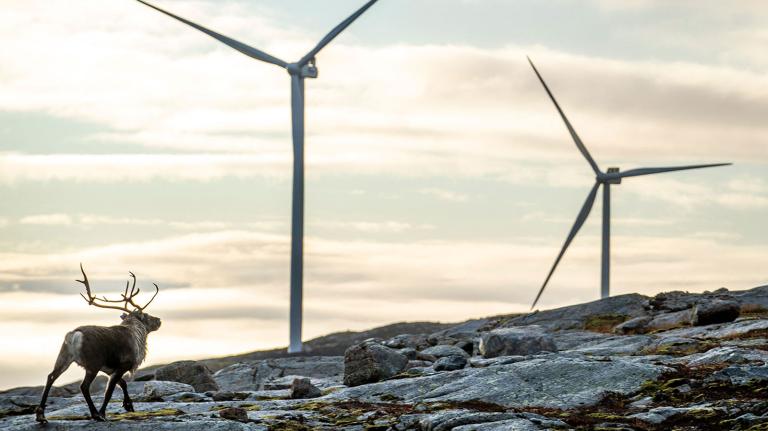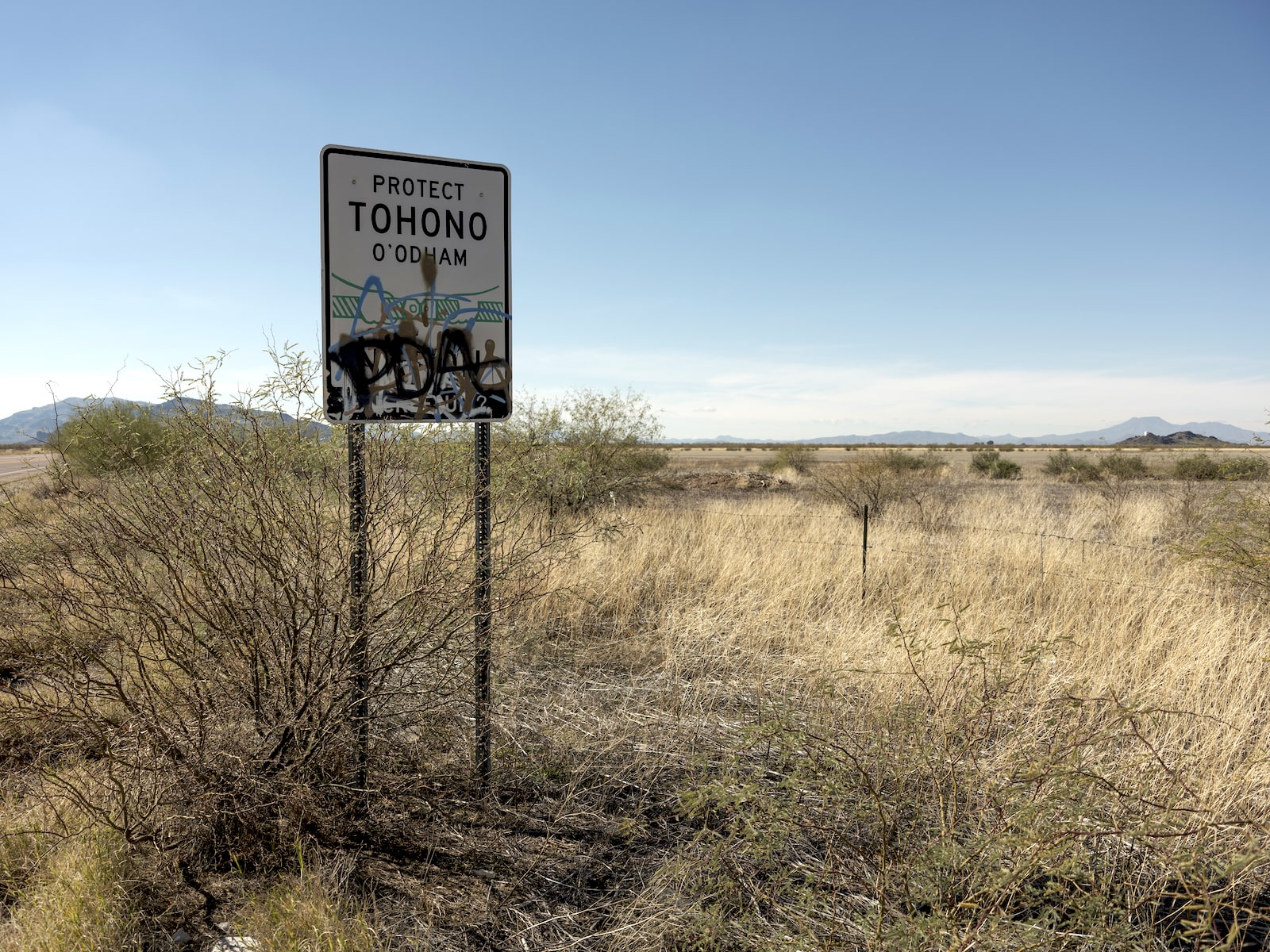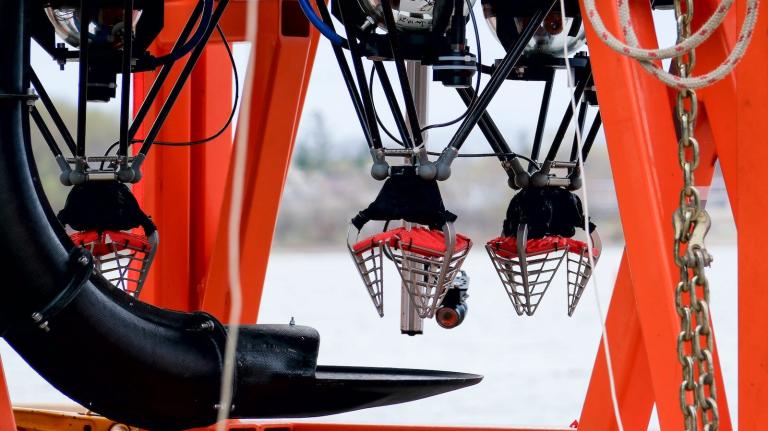This story is published as part of the Global Indigenous Affairs Desk, an Indigenous-led collaboration between Grist, High Country News, ICT, Mongabay, Native News Online, and APTN.
Last week, a United States federal judge rejected a request from Indigenous nations to stop SunZia, a $10 billion wind-transmission project that would cut through traditional tribal lands in southwestern Arizona.
Amy Juan is a member of the Tohono O’odham nation at the Arizona-Mexico border and brought the news of the federal court’s ruling to New York last week, telling attendees of the the United Nations Permanent Forum on Indigenous Issues, or UNPFII, that she was disappointed but not surprised.
“We are not in opposition to what is called ‘green energy,’” she said. “It was the process of how it was done. The project is going through without due process.”
It’s a familiar complaint at Indigenous gatherings such as the one this week, and last, at the U.N., where the general consensus among Indigenous peoples is that decision-makers behind green energy projects typically don’t address community concerns.
According to Pattern Energy, the Canadian-owned parent company of SunZia, the wind-transmission project is the largest clean energy infrastructure initiative in U.S. history and will provide power to 3 million Americans stretching from New Mexico to California.
Now on track to be finished in 2026, the transmission pipeline is a cornerstone of the Biden administration’s transition to green energy.
The 550-mile high-voltage line has a 50-milelong section that cuts through the San Pedro Valley and Indigenous nations that include the Tohono O’odham, Hopi, Zuni, and San Carlos Apache.
The suit against the U.S. Bureau of Land Management was filed in January. The lawsuit called the valley “one of the most intact, prehistoric, and historical … landscapes in southern Arizona,” and asked the court to issue restraining orders or permanent injunctions to halt construction.
The tribes fear the pipeline will irreversibly damage the land both ecologically and culturally.
The federal court chided the tribes for not filing suit earlier, noting they had a window of six years to file from 2015, when the project was originally approved. “Plaintiffs’ 2024 challenge to the [project] is therefore untimely,” the judge’s decision read.
The tribes had been actively pushing for alternative routes and for more in-depth reviews of the land in question for years. Their argument is that the six-year timeline began last fall, not earlier.
Juan said these miscommunications or differing interpretations of the law can be compounding factors that stand between Indigenous rights and equitable green energy projects.
“There is really no follow-through when tribes express their concerns,” she said.
Back at the U.N., the ruling was a reminder that the U.S. doesn’t recognize the tenets of “free, prior, and informed consent” as outlined in the U.N. Declaration of Human Rights. Those tenants are meant to insure that Indigenous land isn’t used without input and permission from the Indigenous peoples involved.
Andrea Carmen, who is Yaqui, was at the U.N. forum on behalf of the International Indian Treaty Council, a group that advocates for Indigenous rights around the world. The council is advocating for a moratorium on green energy projects for all U.N. entities “until the rights of Indigenous peoples are respected and recognized.”
“It’s hard to convince governments and businesses to deny these big energy projects without outside intervention,” she said.
“They are doing the same thing as fossil fuel,” she added. “It’s just more trendy.”




